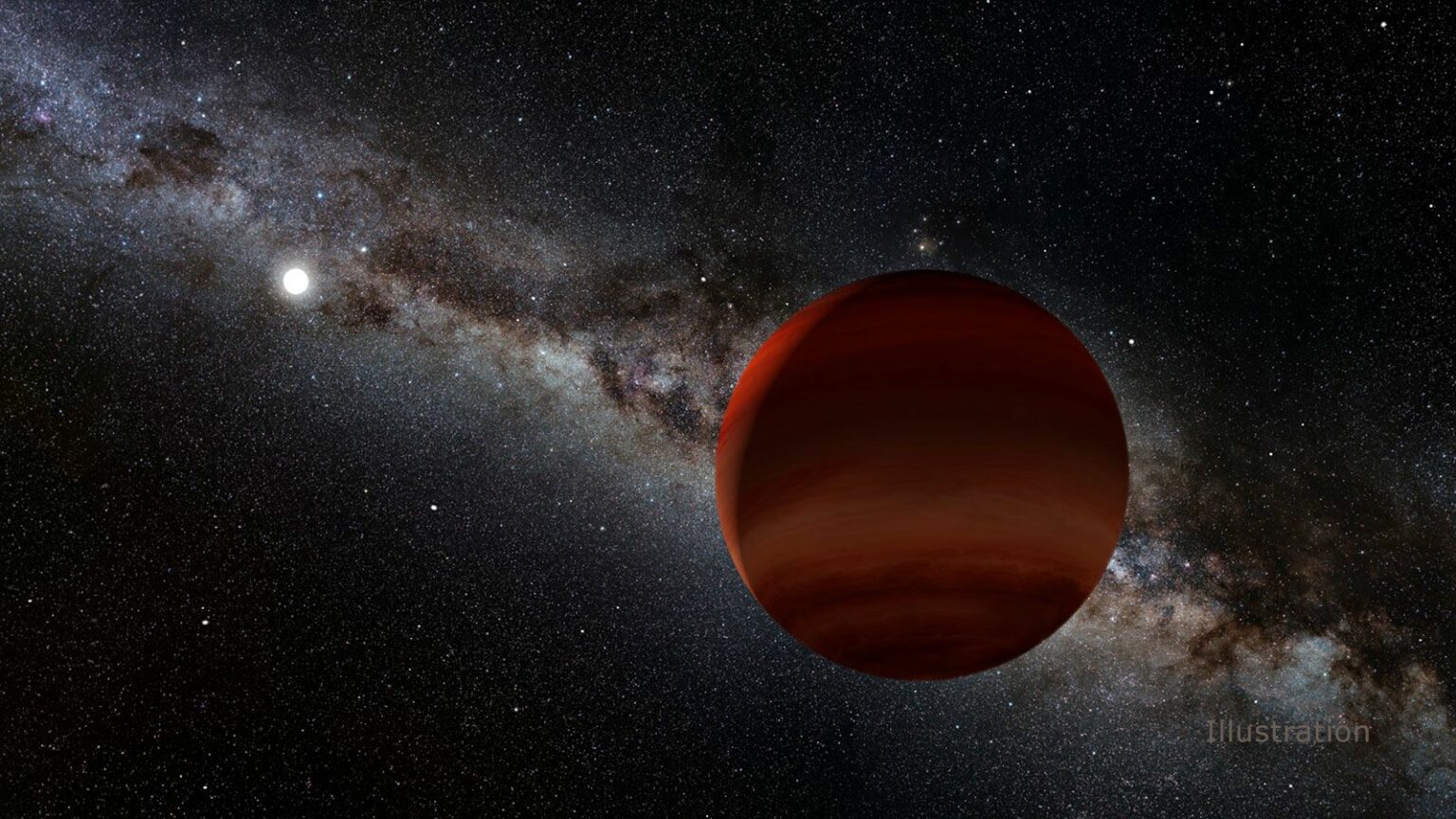Astronomers have studied a brown dwarf orbiting a sun-like star HD 19467. They find out its temperature and age and are going to understand how long such objects retain heat.

Brown Dwarf HD 19467 B
Scientists from the California University of Technology used the James Webb Space Telescope to observe the brown dwarf HD 19467 B. It orbits a sun-like star 100 light-years away from us. They supplemented their observations with data from the Transiting Exoplanet Survey Satellite (TESS).
The main studies were carried out using a near-range infrared camera NIRCam and six filters for it. Thanks to this, it was possible to determine with high accuracy the age of the main star, the mass and temperature of the brown dwarf.
The fact is these parameters have been known quite roughly so far. The temperature of the star HD 19467 was determined at 5750 K, and its age was between 5.4 and 12 billion years. The mass of the brown dwarf is 62 Jupiter masses.
As a result of the study, scientists learned that the main star is 9.2 billion years old, its diameter was 1.2 times the radius of the Sun with 96 percent of its mass. That is, it is an old star, which nevertheless has not yet begun to descend from the main sequence. The mass of the brown dwarf turned out to be equal to 81 Jupiter masses at a surface temperature of 1200 K.
Mystery of brown dwarfs
The reason why scientists are looking so closely at this brown dwarf is that it belongs to the middle class T, about which scientists have not yet formed a definite opinion. If the more massive and hot L class is more like ordinary stars, and the smaller Y is like gas giants, these objects are still something in between.
It is believed that in Class T brown dwarfs, thermonuclear reactions continue for some time, after which they continue to cool down slowly. HD 19467 B is one of the best candidates to detect when exactly this happens and how it depends on the mass.
Now scientists will continue to explore other similar objects. After all, with its mass, HD 19467 B is a fairly heavy representative of the T class. But at the same time its temperature is quite average. Perhaps the reason for this is its venerable age.
According to phys.org
Follow us on Twitter to get the most interesting space news in time
https://twitter.com/ust_magazine
